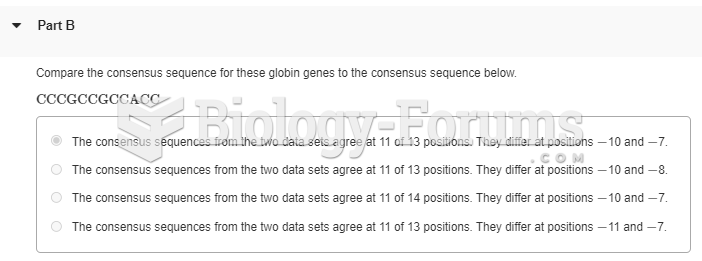Answer to Question 1
Answer: Plagiarism is presenting someone else's words as your own, such as copying material from an online source and dropping it into a report without giving proper credit. After you've collected your data and information, the next step is to transform this raw material into the specific content you need. This step can involve quoting, paraphrasing, or summarizing textual material; drawing conclusions; and making recommendations. Quoting a source means you reproduce the material exactly as you found it (giving full credit to the source, of course). Use direct quotations when the original language will enhance your argument or when rewording the passage would reduce its impact. However, be careful with direct quotes: Using too many creates a choppy patchwork of varying styles and gives the impression that all you've done is piece together the work of other people. When quoting sources, set off shorter passages with quotation marks and set off longer passages (generally, five lines or more) as separate, indented paragraphs. You can often maximize the impact of secondary material in your own writing by paraphrasing it: restating it in your own words and with your own sentence structures. Paraphrasing helps you maintain consistent tone while using vocabulary that's familiar to your audience. Of course, you still need to credit the originator of the information, but you don't need quotation marks or indented paragraphs. Summarizing is similar to paraphrasing but presents the gist of the material in fewer words than the original by leaving out details, examples, and less important information. Like quotations and paraphrases, summaries also require complete documentation of sources. Summarizing is not always a simple task, and your audience will judge your ability to separate significant issues from less significant details.
Learning Obj.: LO 10.2: Describe an effective process for conducting business research, explain how to evaluate the credibility of an information source, and identify the five ways to use research results.
Answer to Question 2
Answer: TRUE
Explanation: Be careful with direct quotes: Using too many creates a choppy patchwork of varying styles and gives the impression that all you've done is piece together the work of other people. When quoting sources, set off shorter passages with quotation marks and set off longer passages (generally, five lines or more) as separate, indented paragraphs.







